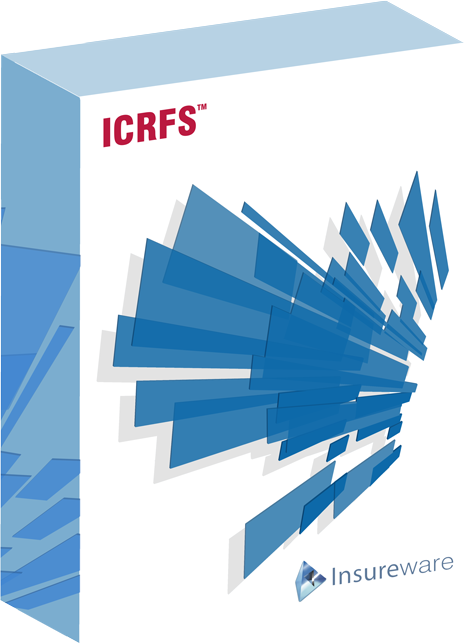Get future-proof solutions
Extensive risk metrics in ICRFS™ for multiple LOBs allows companies to:
- Understand the drivers of past experience and foresee their effects on future metrics;
- Grasp the complete perspective of multiple liability streams;
- Calculate data driven correlations, risk diversification, ORSA, and Solvency II risk metrics;
- Gain strategic advantages over competitors.
Solutions are developed for:
- Reserving and pricing (underwriting),
- Assessing risk: reserve, underwriting and combined (reserve + underwriting) risk,
- Risk capital allocation,
- Estimating correlation and risk diversification credit,
- Monitoring trends and responding quickly to new trends,
- Solvency II, ORSA, and related risk capital calculations for long-tail liabilities,
- Designing optimal reinsurance programs (prospective and retrospective) for insurers and reinsurers, and
- Modeling multiple lines, segments, or layers.
Modeling frameworks
Insureware's Probabilistic Trend Family modeling frameworks are unique in quantifying both the mean and variability using the same model. Volatility and best estimates are unified in one simple methodology.
Probabilistic Trend Family (PTF)
In the PTF modeling framework loss development arrays are described using four components. Trends in the three time directions: development period, accident period and calendar period, plus the variability of the data about the trends.
Multiple Probabilistic Trend Family (MPTF)
In the MPTF modeling framework a single optimal composite model quantifies the variability (volatility) in multiple individual incremental loss development arrays and measures the correlations between them. Composite models enable the computation of the Economic Balance Sheet, Solvency II; and other statistics.
Other modeling frameworks
ICRFS™ also includes all the modeling frameworks of ELRF™:
- Extended Link Ratio Family (ELRF);
- Link Ratio Techniques (LRT);
- Aggregate Link Ratio Techniques (ALRT); and
- Many others!

